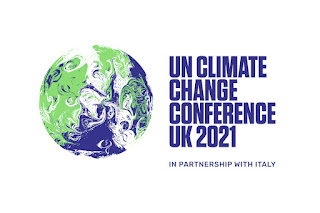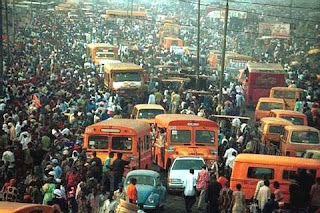How Climate Change is contributing to insecurity in Nigeria

Climate change in the past few decades has caused the Lake Chad Basin in North Eastern Nigeria to shrink. It has shrunk by 90% since the 1960s and has caused a downturn in the fortunes of the 30 million people who depend on it in Nigeria, Cameroun, Chad, and Niger. In the 1960s, it occupied an area of over 26,000 Square Kilometers, but in 2020, it was just over 1,320 Square Kilometers. One of the ripple effects of this is that it has caused cattle herders to increasingly drive south into Nigeria’s central farmland. The decades long battle over land between the herdsmen from the Fulani people and farmers in the central region known as the Middle Belt has thus rapidly increased. The root of the conflict lies in the forced southern migration, owing to the drought, (of which the shrinkage of the lake chad due to climate change is a primary reason). The constant battle for scare water and agricultural resource around the basin has also created another opportunity for militant groups ar





